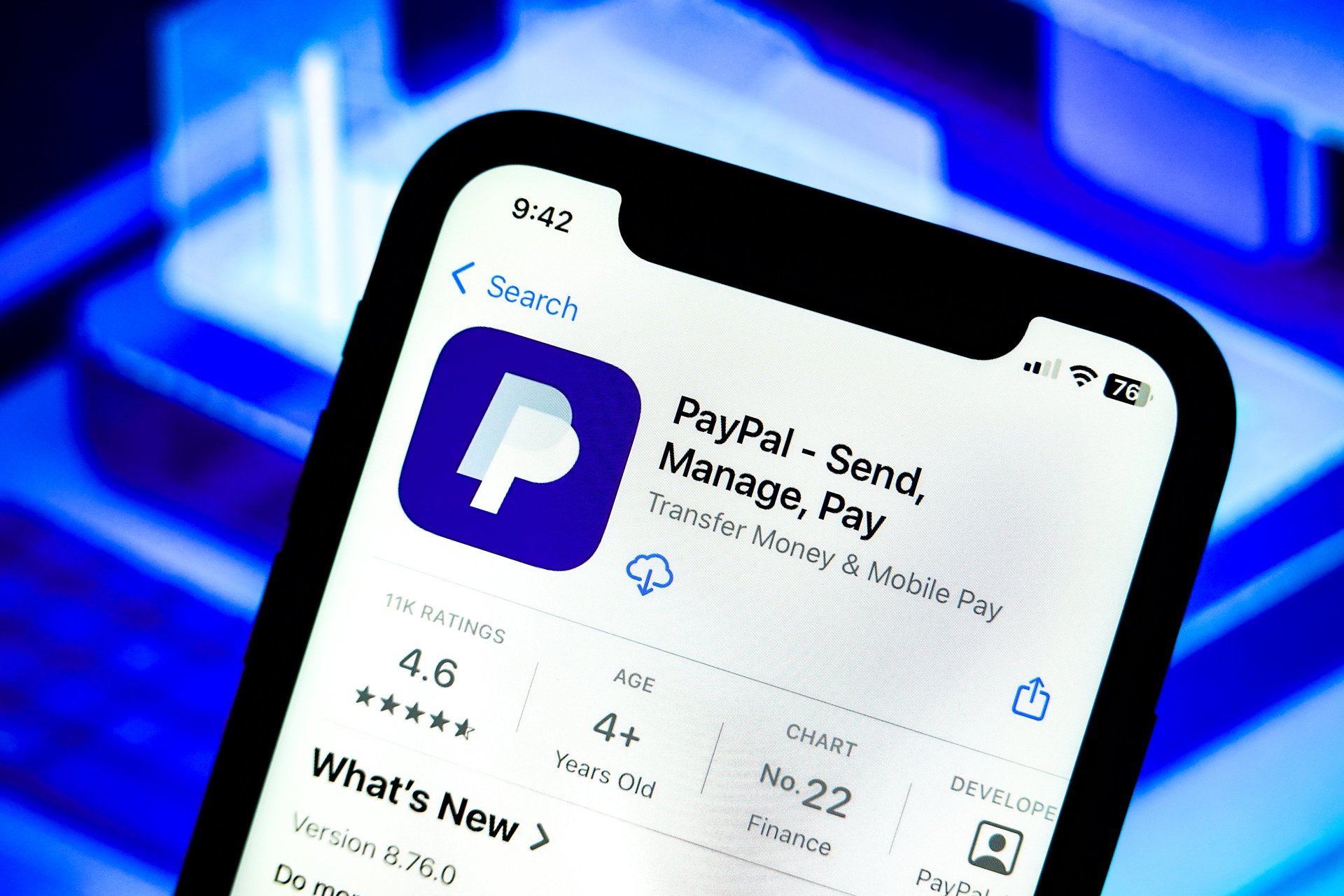PayPal stock is having a rough run. Blame Apple and Shopify
Shareholders fear PayPal isn't keeping up with rivals in the competitive market to be online shopping's check-out button

Chances are you’ve used a clunky PayPal (PYPL) button to buy something online, especially if you’re over 40.
Suggested Reading
PayPal has been a pioneer of e-commerce since its early days, and the company continues to deliver strong earnings. But shareholders have been sending the stock slumping recently as fears grow over its ability — or inability —to compete at a basic level: consumer check-out. Rivals including Apple (AAPL), Google (GOOGL), Shopify (SHOP), and scrappy upstarts such as Bolt have been chipping away at PayPal’s check-out dominance.
Related Content
The stock, which was down slightly on Tuesday afternoon, has fallen almost 10% so far this year and 13% over the last month.
Business owners who depend on online check-out generally agreed in interviews that PayPal is in need of some refreshing. Lou Haverty, the owner of Skid Retailer, which sells industrial equipment online, said PayPal is cumbersome and expensive.
“I can tell you from experience in my store that the vast majority of my customers use Shopify Shop Pay to check out,” Haverty said, adding that only about 15% to 20% of customers use PayPal.
“Most customers will go with the option that requires the least clicks,” Haverty said. “When selling on a Shopify store like I do, the Shop Pay checkout is the easiest with the least clicks.”
Brian Lim, owner and founder of online brands iHeartRaves and Into the AM, and a former contestant on ABC’s (DIS) Shark Tank, said PayPal has to reclaim its roots as a checkout option.
“Transactions today are all about two things — speed and seamlessness,” Lim said. “While PayPal has a strong reputation, using the service often feels like an added step instead of a natural part of the process.” Lim pointed to competing buttons like Apple Pay, which integrates directly into devices, and Shopify’s Shop Pay, which is focused on e-commerce merchants.
“Those buttons — Shopify and Apple Pay — feel tailored and frictionless,” Lim said.
Lim said PayPal has shown signs of drifting off course by not adapting its usability to consumers’ evolving expectations.
“PayPal needs to improve on its native integrations, employ quicker methods of authentication such as streamlined biometrics, and provide better rewards for loyalty,” Lim said, adding that the market is shifting toward non-intrusive payments like one-click transactions and automatic backend billing systems that do not disrupt the user experience.
“PayPal needs to focus on where consumers already are,” Lim said, “be it mobile-first environments or voice-commanded payments, while eliminating everything that feels outdated.”